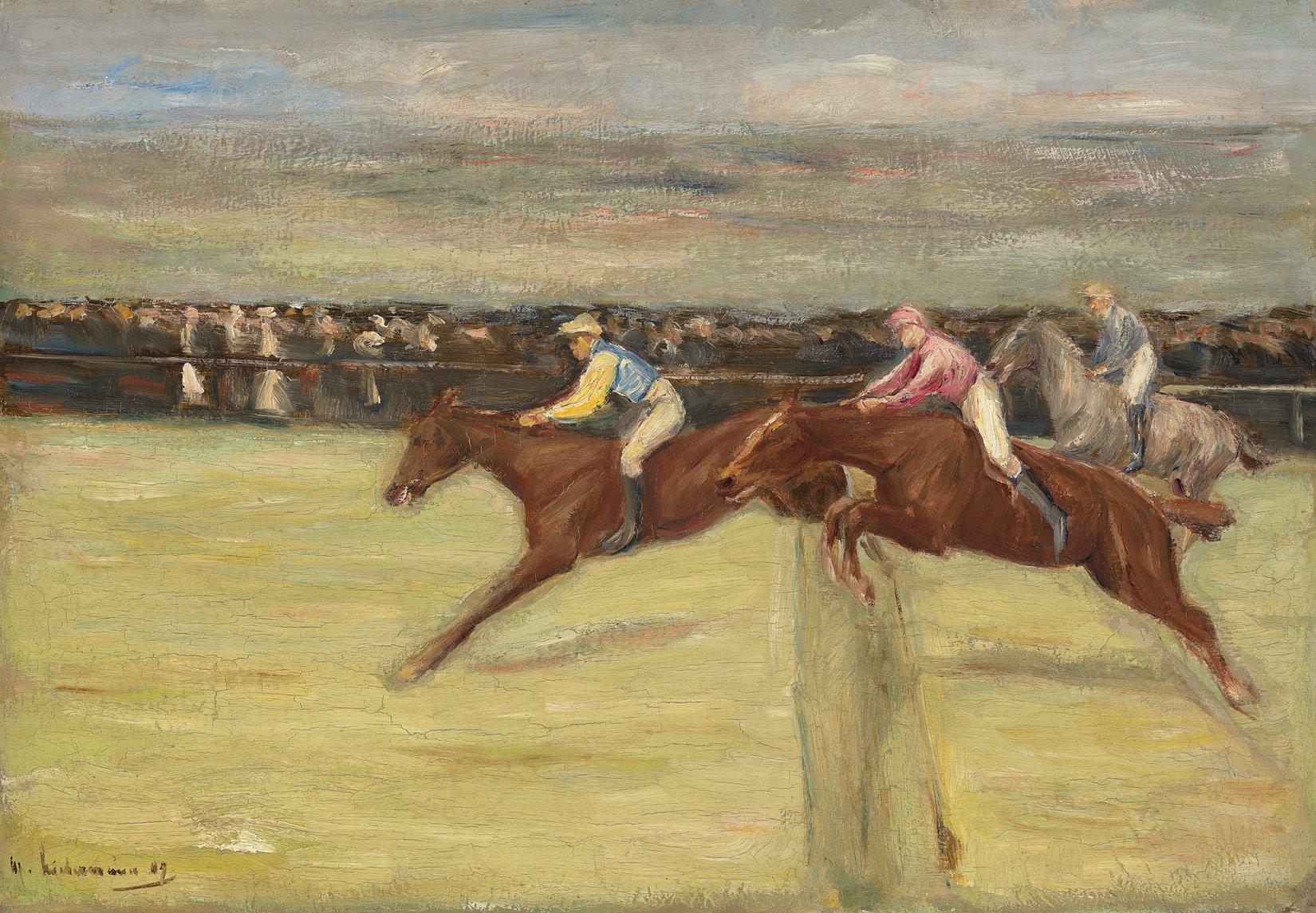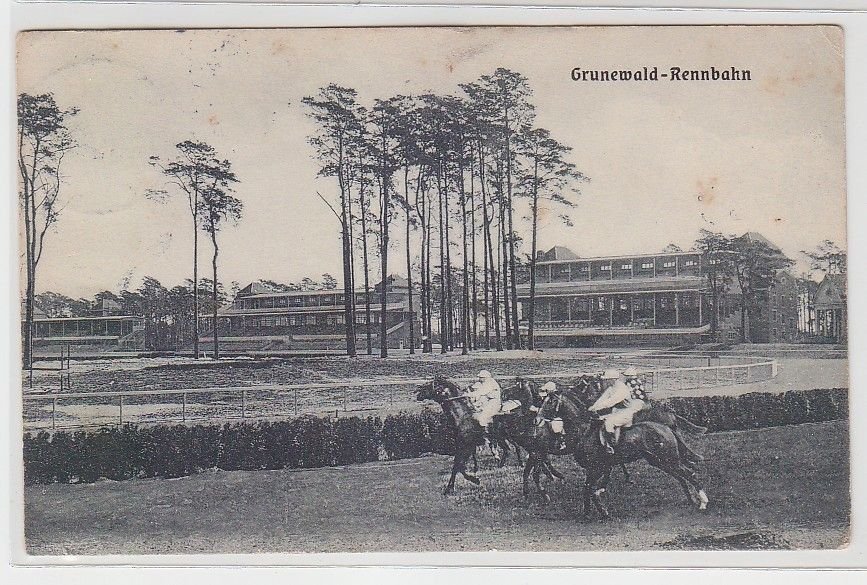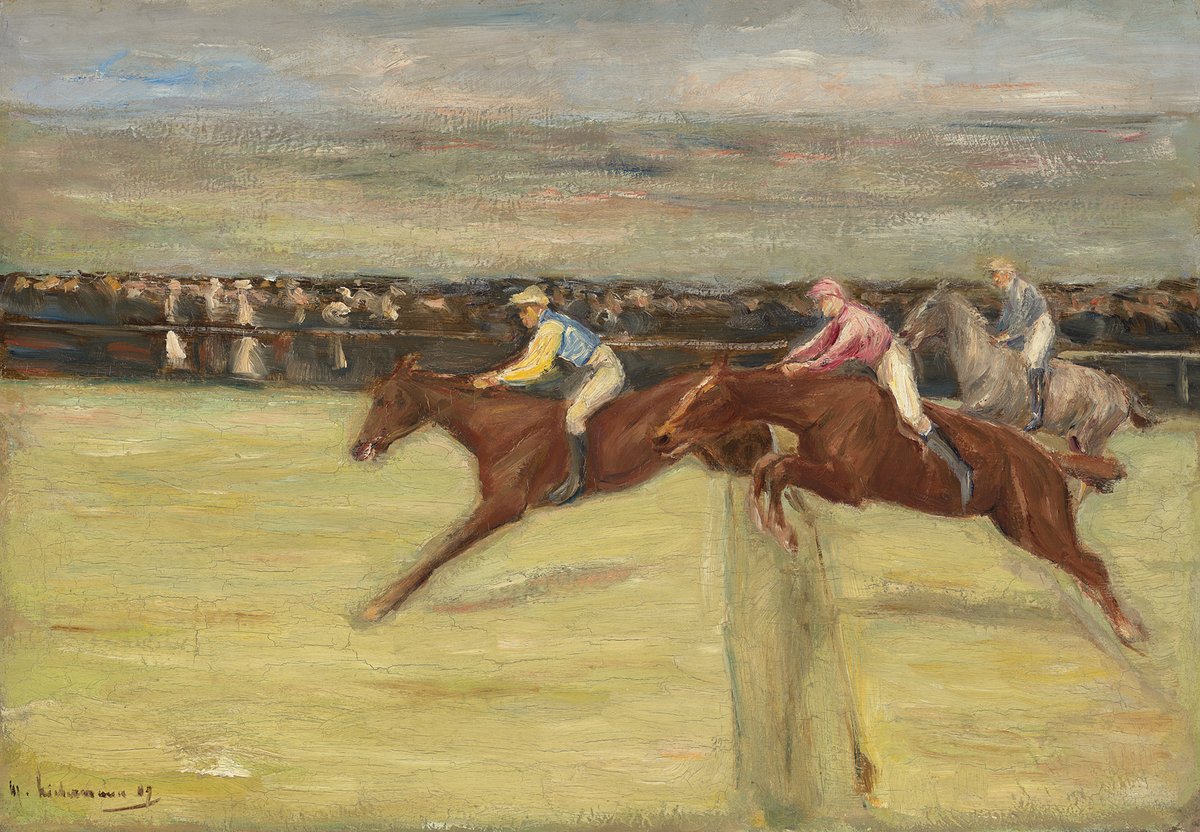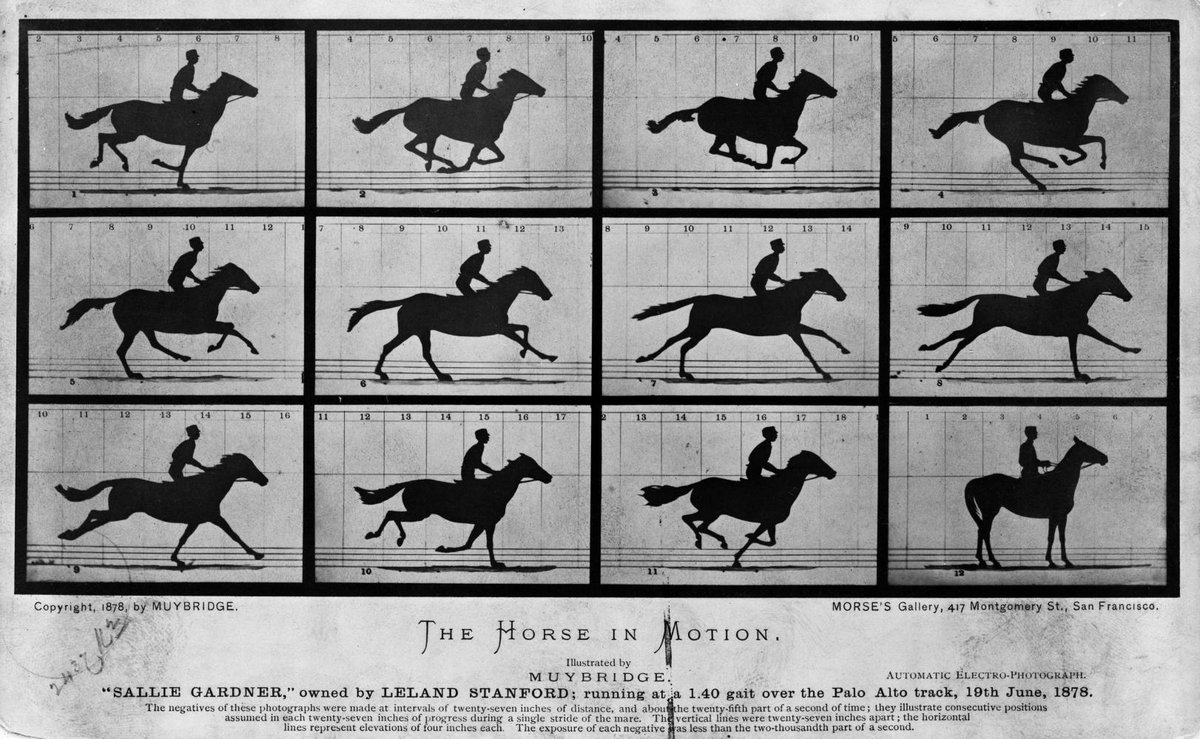Max Liebermann
Horse Race in the Cascines, 1909

Max Liebermann
Horse Race in the Cascines, 1909
Kunst Museum Winterthur, Schenkung von Georg Reinhart, 1924
Foto: SIK-ISEA, Zürich (Martin Stollenwerk)
In the German Empire, horse racing was part of the modern lifestyle. This was also the case in Berlin, the hometown of the artist Max Liebermann. Here, attending a horse race was one of the highlights of the social life of the aristocracy and bourgeoisie. Nevertheless, Liebermann was not interested in the glamour of the crowds. Instead, he was fascinated by the dynamics of the spectacle.
His painting Horse Race in the Cascines conveys this impression of speed and motion with the motif of three horses jumping over a hurdle in sequence. While the rearmost animal is about to jump over the hurdle, the second is already in the air. The foremost horse is about to land with its front legs. In the background, the audience is indicated as a horizontal strip, crossed by a barrier. It forms the dark bridge between the lighter, flat racecourse and the colourful sky above. Because the animals are in rapid motion, it is essential that the background is blurred – as when looking out of a moving train. As a result, the spectators and the sky are depicted slightly out of focus and in horizontal, rapidly painted strips of colour, which further emphasises the powerful and fast movement of the horses.

Grunewald Horse Racecourse, 1909
Quelle: Buchfreund.de
Liebermann may have found inspiration for the motif in the spring of 1908, when he travelled to Rome with his family after spending two weeks in Florence, where he visited the Parco delle Cascine racecourse. But it could also have been the new racetrack in Berlin-Grunewald, which was opened in 1909 – the same year as our painting was created – in the presence of the imperial couple in front of 40,000 spectators. In terms of motif, however, this rather singular picture fits in quite well with Liebermann’s late work, especially because subjects such as horseriding, leisure and social activities were among his main interests and he also occasionally painted a polo game or tennis match. What is new here, however, is the strong emphasis on speed and movement.

Max Liebermann
Horse Race in the Cascines, 1909
Kunst Museum Winterthur, Schenkung von Georg Reinhart, 1924
Foto: SIK-ISEA, Zürich (Martin Stollenwerk)
The combination of the horses jumping off and landing is reminiscent of the gallop studies by Eadweard Muybridge, who caused a furore in the 1880s with his serial photographs of motion sequences, known as chronophotography. These in turn were a source of inspiration for French artists such as Edgar Degas, from whom Liebermann owned some studies. It is quite conceivable that Liebermann’s interest was also stimulated by his French predecessors.

Eadweard Muybridge
The Horse in Motion / Sallie Gardner au galop, 1878
Foto: Wikimedia Commons, Library of Congress Prints and Photographs Division


